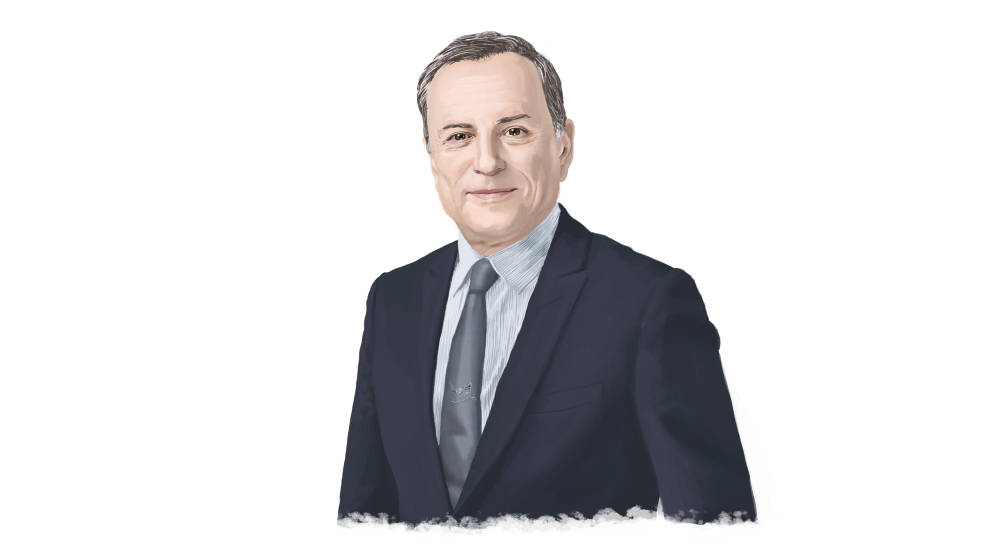PARIS, 2015-12-10 — /EPR Retail News/ — In conjunction with the COP21 World Climate Summit, of which LVMH is a partner, we asked five CEOs from our different business sectors to talk about the importance of the environment for their respective Houses. Michael Burke, CEO of Louis Vuitton, shares the vision of environmental responsibility that informs all the activities at the leather goods House.
Why is the environment so important for Louis Vuitton?
The transmission of savoir-faire and heritage is one of the pillars of Louis Vuitton. Our values quite naturally inspire us to respect nature, a heritage that belongs to all of humanity and lies at the very source of the beauty and excellence of our products. It is abundantly clear to everyone that this respect for nature is fundamental to our enduring success.
Louis Vuitton’s artisans have created pieces designed to be passed on from generation to generation since 1854. At the same time, our Maison is continually innovating today to reduce the impact of our activities on the environment by adopting more responsible practices, spurred by the challenge of achieving ISO 14001 certification for sites.
Since our pioneering carbon audit in 2004 we’ve achieved tangible progress in efficiently managing our consumption of materials and energy, reducing the greenhouse gas emissions generated by transport of our products, as well as in waste management.
Ten years on, this remains a daily priority, led by a central Environment Department that coordinates over 50 correspondents within our different segments and sites. Like travelers engaged with the world, they cascade Louis Vuitton’s environment commitments, ensuring that they mesh with our strategy. There are of course many areas where we can progress further, particularly in terms of eco-design for our products. The issues addressed by the COP21 conference remind us that these efforts are essential. And as a leading luxury house, Louis Vuitton must play an exemplary role, both vis-à-vis the luxury industry and also towards our customers, stakeholders and society as a whole.
Is there one particular initiative Louis Vuitton has taken of which you’re especially proud?
What’s remarkable to start with is seeing the motivation of our teams and employees, who are true eco-citizens when it comes to the environment, proposing an abundance of initiatives that generally spring from simple good sense. This is also a unifying issue that strengthens synergies, because acting responsibly requires coordination across entities to avoid simply transferring emissions to another unit. Plus we should be frank and recognize that ecological practices also save money, particularly if you look at the total cost and long-term benefits.
But to answer your question, I naturally think of a project that both supports our business development and I think illustrates Louis Vuitton’s ambitious commitments to the environment. In November 2013, Louis Vuitton became the first company in the world to earn ISO 14000 environmental management certification for our Leather Goods and Accessories Supply Chain. This proactive initiative ensures that we deploy a supply chain that’s more efficient, that we have the right product at the right place at the right time, all with a reduced environmental impact.
Concretely, the Green Supply Chain project allowed us to set up a range of initiatives that foster a virtuous circle: development of an application for real-time management of the CO2 emissions generated by product transport, reduction of kilometers traveled and volumes shipped and optimized transport packaging. Today, because we’ve made environmental performance an eliminatory criteria in our requests for proposals from transport and logistics providers, we have the means to demand cleaner vehicle fleets and push for deployment of green transportation solutions.
How will the creation of the LVMH Carbon Fund help Louis Vuitton reduce its greenhouse gas emissions?
The results of Louis Vuitton’s first carbon audit made the members of the executive committee aware of the need to take action and make environmental performance a priority for activities that generate the most CO2 emissions, namely transport for our products, the energy consumption of our stores and the design of our products.
Today I view the creation of the Carbon Fund above all as a powerful innovation driver that will help our Maison thrive in the future. Because the fund introduces constraints it creates opportunities for Louis Vuitton to go further with environmental initiatives that have been in place for some time already in order to continue to reduce our carbon footprint. These include expanding electric vehicle deliveries, developing maritime shipping, introducing LED lighting at our sites, etc.
What’s more because creativity is part of Louis Vuitton’s DNA, I’m confident that we’ll invent alternative solutions for products that are more desirable than ever for a more sustainable world.
SOURCE: LVMH
###
